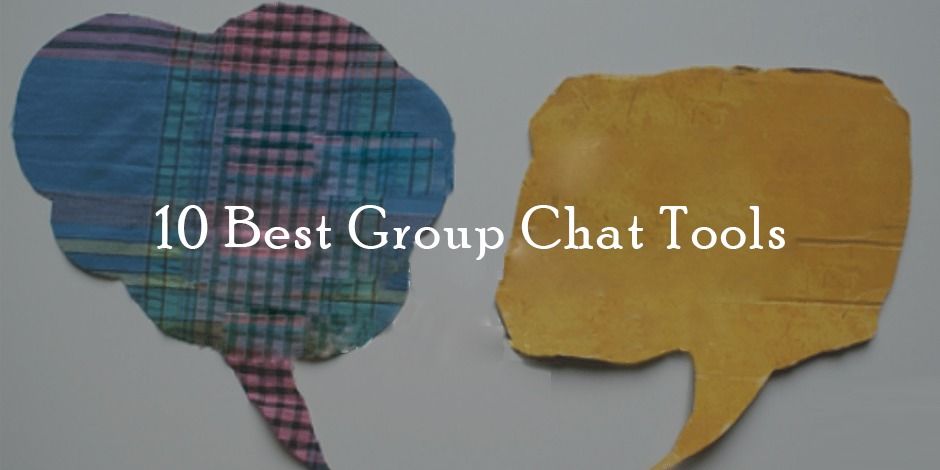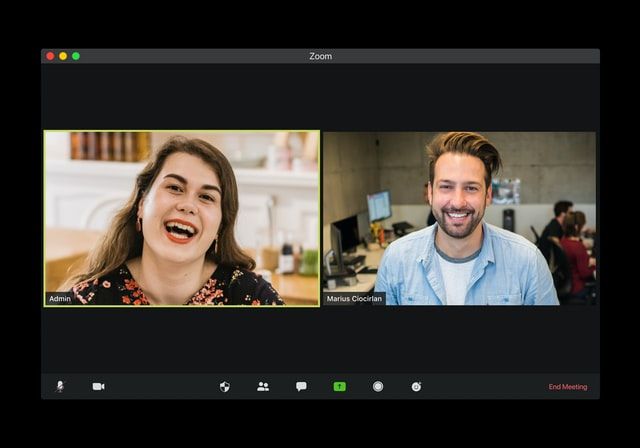

From Milk to Music – subscriptions in India!
Learn how to use subscriptions to grow your business!

Google Images
Subscription habits are not new to India. Over 60% of our monthly expenses are recurring and predictable, like rent, domestic help, newspapers, magazines, milk, etc. What’s new is leveraging fin-tech and digitization to market subscriptions for new categories and in new ways.
Core elements of subscriptions
Subscriptions are driven by at least one of the following elements:
i) Convenience, ii) Cost, iii) Access/ Membership, or iv) Discovery
E.g. Doodhwala, a Bangalore based milk delivery startup largely solves for daily conveniences and leverages tech for managing the frequency and quantity variations. Amazon Prime, priced at an affordable Rs 499/ year, promises ‘cost savings’ on shipping and deals as the primary benefit. Hotstar puts an emphasis on access, a common method in content businesses, to convert people to paying customers. Raw Pressery, a cold-pressed juices startup, offers discounts on regular subscriptions. Flintobox, promotes discovery of new learning toys for children shipped monthly.
Types of subscription models
At a high-level, there are 3 types of models:
a) Freemium; b) All-inclusive; or c) Hybrid.
Examples:
- Saavn [Freemium], the leading music streaming service, offers a premium subscription (PRO) that unlocks features like unlimited downloads, no Ads, higher quality, etc. The content, currently, is not differentiated and free users can access the same content as paid users can. The payment modes are iTunes, Play, Paytm.
- Hotstar [Freemium], the streaming video service by Star, on the other hand has put premium content behind the pay wall and monetizes free content with Ads.
- Netflix [All-inclusive], follows a uniform global model of an all-access monthly subscription. Given current Indian regulations on second factor authentication, Netflix actually bills the Indian user overseas. This currently limits its clientele to the smaller active credit card user base in India.
- Vanity Cask [All-inclusive], a curator of women’s beauty products, offers a fixed price subscription for a monthly delivery of samples helping users discover new products.
- Amazon Prime [Hybrid], originally an all-inclusive shipping subscription, morphed into an on-demand entertainment service and a form of loyalty with preferred access to deals. A recent report in The Mint, suggested that Prime users in India spend upto 15% more than non-Prime and Prime makes 30% of Amazon’s user base (April 2017).
How digitization is helping drive subscriptions
India has very low credit card penetration compared with evolved subscription economies in the West. While the benefits of subscriptions would still apply here, the absence of a trusted intermediary limited the growth of this model. Instead, informal credit between trusted local parties like the milkman and newspaper vendor was the solution.
Even mobile and DTH services, ideally suited for subscriptions, rely on prepaid accounts heavily due to lack of ‘card-on-file’ and 2-factor authentication. Initially sold offline as vouchers, these prepaid accounts became digital wallets (closed, semi-open, open), leading to a surge in mobile wallet accounts with digitization.
Now, mobile wallets are capitalizing on this trend by providing features like auto top-up using wallet balances to recharge services, auto-pay bills, etc. Not to be left behind, banks have launched their own payment apps.
To help businesses scale, several payment vendors like Razorpay, Chargebee and Paytm are beginning to offer subscription management modules.
Pricing
There are many ways to price subscriptions, here are a few methods:
i) Telescopic: Longer the upfront commitment, lower the price. In India’s prepaid dominated market, this works well to clearly establish the savings. Saavn uses this for it’s prepaid gift codes.
ii) Chewing-gum: Fixed enrolment fees, discount on future transactions. Amazon Prime is a classic example. Ola Prime also uses this approach.
iii) Prepaid plans Vs Postpaid plans. Telecos are a classic example.
Additional tactics can include giving member discounts on partners, freebies, etc.
Subscriptions may not be for everyone, but done right; they can yield substantial customer lifetime value, reduce acquisition costs and drive profitability! Be it milk or music, getting your daily fix can be made better with subscriptions.
(The views express are my own. Any references to companies are illustrative and may differ in interpretation.)




